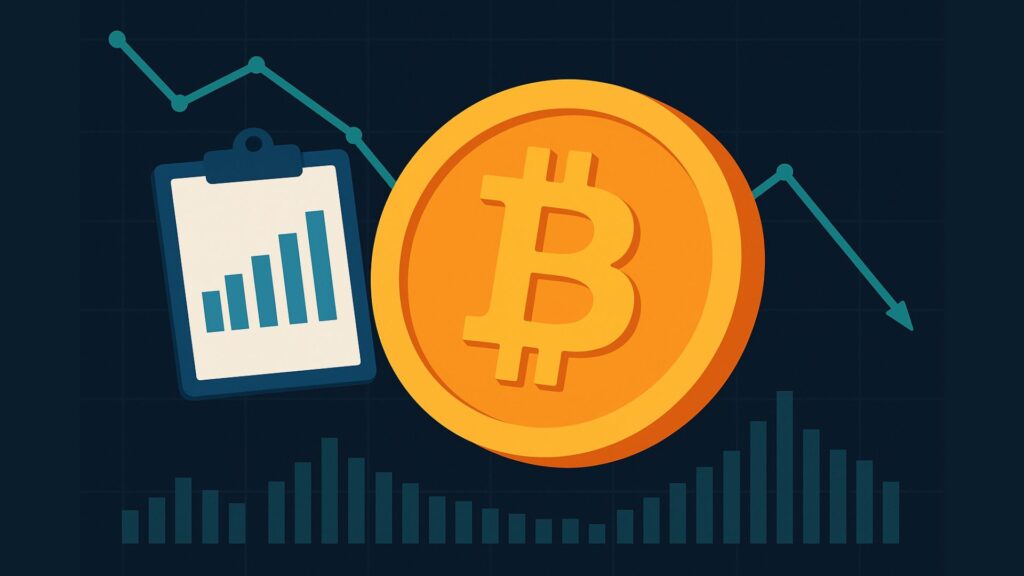Despite Bitcoin trading close to its all-time high, on-chain activity has dropped to its lowest point in 19 months.
The number of confirmed transactions has fallen sharply, prompting discussions among developers and miners. While the surface-level data suggests declining interest, the broader picture may be more complex.
This reduction in activity could indicate structural changes within the network and a potential signal of strength building for a future market shift.
Bitcoin Transaction Volume Falls to Lowest Point Since October 2023
Recent data shows that the seven-day moving average of Bitcoin transactions has dropped to around 317,000, the lowest since October 2023, when the average hit 269,000. According to YChart data, on June 1, only 256,000 transactions were confirmed on-chain.
This decline comes when Bitcoin remains near its historical price peak. The drop in activity may be due to fewer individual users transacting on-chain, possibly because of reduced short-term trading or a move toward alternative solutions such as custodial platforms and Layer 2 networks.
Meanwhile, attention has shifted toward how the network handles transactions that fall below the typical fee rate. Bitcoin Core’s default minimum relay fee is 1 sat/vB, but some miners are now including transactions below that threshold.
One notable case involved a transaction submitted by Mononaut, the founder of Mempool.space, which was included in a block despite only paying 0.1 sat/vB.
The miner responsible was MARA, formerly known as Marathon Digital, which runs a pipeline for low-fee transactions called Slipstream.
Mononaut revealed the transaction had been waiting in the mempool for a month and cost just 11 sats, or approximately $0.01.
This suggests that some miners are open to confirming low-fee transactions when block space allows, reflecting flexibility in miner strategy during times of lower demand.
On June 6, 31 Bitcoin Core developers published an open letter addressing this issue. They argued that nodes should not reject low-fee or non-standard transactions, warning that filtering such activity could undermine Bitcoin’s censorship-resistant design.
While they clarified that they do not endorse every type of data stored on-chain, they stressed that permissionless access is essential to Bitcoin’s core principle. Critics, including Jan3 founder Samson Mow, responded by accusing developers of making the network more vulnerable to spam.
Could Transactions Drop Suggest A New Market Phase Ahead?
While declining activity may appear negative, it could point to a market undergoing a quiet period before a new phase.
Previous cycles have seen similar periods of reduced on-chain activity followed by renewed momentum. Investors may currently be holding rather than moving assets, waiting for clearer economic or market triggers before re-engaging.
Some see the willingness of miners to accept near-zero fee transactions as a sign of adaptability. It also shows that block space is not currently saturated, allowing for experimentation and a wider range of transaction types.
As the network evolves, these signs of flexibility may open new use cases beyond simple transfers, which could increase demand for block space in the future.
In addition, a growing share of Bitcoin transactions may be taking place on Layer 2 systems like the Lightning Network or via private channels.
These platforms are designed to reduce congestion and fees by shifting activity off-chain, which may explain the drop in the number of mainnet transactions without necessarily implying lower overall usage.
The network may be adjusting its internal dynamics, with participants seeking more efficient ways to transact. If adoption of Layer 2 and custodial platforms continues to rise, it could lead to a long-term structural change in how transaction volumes are interpreted.
Developer discussions around transaction filtering also reflect Bitcoin’s ongoing commitment to openness. The public defence of low-fee transactions reinforces the idea that Bitcoin is not just a tool for financial transfers but a protocol designed to support open participation.
This may encourage innovation in how the network is used, especially if block space remains accessible during periods of reduced demand.
Conclusion
Bitcoin’s drop in transaction activity to its lowest point since October 2023 has raised questions about user engagement, miner behaviour, and the network’s direction. Yet, rather than signalling weakness, this period of reduced on-chain volume could represent a phase of consolidation.
With miners adjusting their strategies and developers defending network openness, Bitcoin may be preparing for renewed growth.
If demand for block space rises again, especially from emerging use cases or returning retail interest, this quiet period may be remembered as a setup for the next major move.

